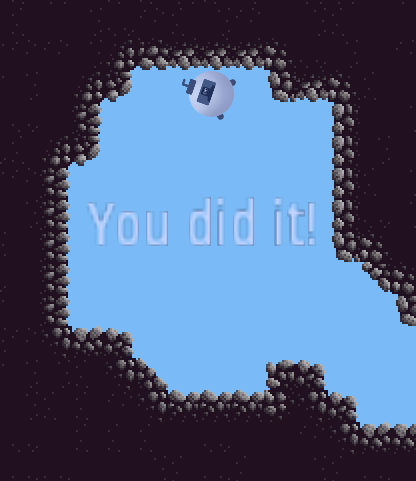10/10

Controls took a bit to get used to, but once I did it became very clear why it's set up the way it is.
Also, as someone who's new to godot, how did you get the slow rotation? I tried that for my game and no matter what I did it just didn't seem to work.

